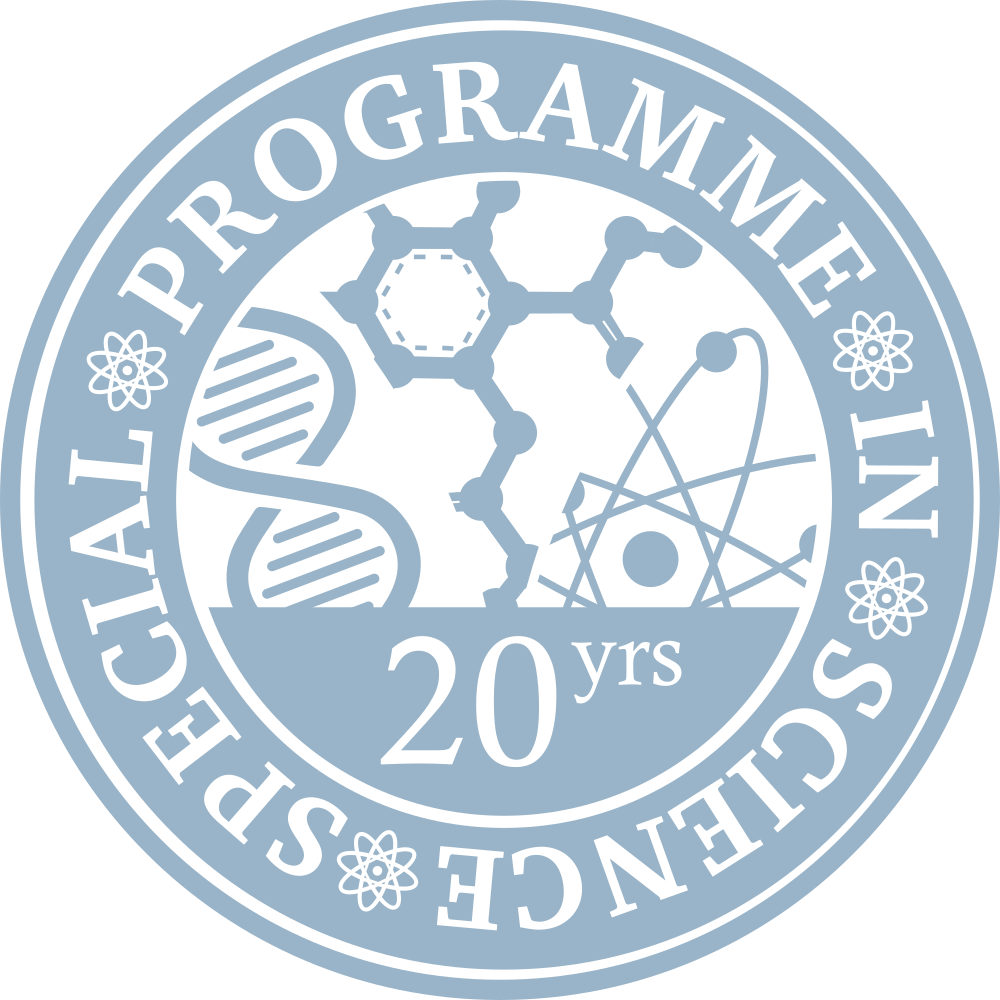#
Causality and the Light Cone
#
6.9 Causality and the Light Cone
Without any constraint on how fast information can travel, the causal
structure of space and time can be illustrated in Figure

Two events p and q will fall in either of the following mutually exclusive cases: (1) q is to the past of p, thus possible for q to influence p ; (2) q is to the future of p , thus possible for p to influence q; (3) p and q are simultaneous events, thus impossible for them to influence each other.
However, the above description of causality is incorrect! Information does take time to travel, and without information transfer, one event cannot influence another. As we have learnt from special relativity, the speed limit at which information can travel is the speed of light c=2.998\times10^{8}\text{ m/s}. By taking into account this speed limit, the new causal structure of space and time is as illustrated below. (Figure

Note that the light cones in Figure
(i) q is in the definite past of p, thus possible for its information to reach p ;
(ia) q is on the past light cone of p. Nothing other than light can reach p from q.
(ii) q is in the definite future of p, thus possible for its information to reach p;
(iia) q is on the future light cone of p. Nothing other than light can reach q from p.
(iii) Events p and q are separated in such a way that no material body nor light can go from one event to another. Some observers may see p then q, some may see q then p and some may even see p and q simultaneously.


